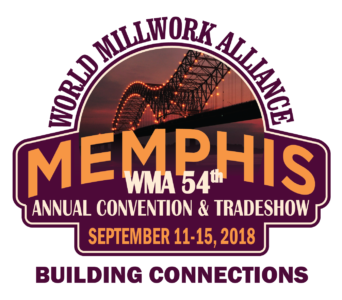Monetary policy improved for home building earlier this month, as the Federal Reserve’s Federal Open Market Committee held the short-term federal funds rate steady. It also reduced its projections for additional rate hikes to none in 2019 and just one in 2020. However, NAHB still forecasts one rate hike toward the end of 2019, while Wall Street models suggest the Fed is done increasing rates. Regardless, this news and the Fed’s announcement of a slowdown in balance sheet reduction have reduced interest rates for home buyers to their lowest level in nearly a year.
This new dovish perspective from the Fed has helped stabilize builder confidence at a positive level of 62, according to the NAHB/Wells Fargo Housing Market Index (HMI). A stable HMI suggests the notable 17% drop in single-family starts in February was a timing issue, following January’s post-recession high pace. Combing the volatile data leaves single-family starts down 2.3% for the first two months of 2019. And despite lower interest rates, new single-family home sales declined an estimated 6.9% in January, leaving inventory levels somewhat elevated (6.6 months’ supply). New-home sales have not yet seen the rebound witnessed in the resale market — total existing home sales were up almost 12% in February.
But with single-family permit growth flat in February, combined with the reduced interest rate environment and low unemployment, there is potential for market growth ahead. Nonetheless, builders must continue to monitor supply-side factors. The number of open construction jobs was 302,000 in January. And an NAHB survey illustrates that building materials and cost/availability of labor are the top two market challenges cited by four out of every five builders.





